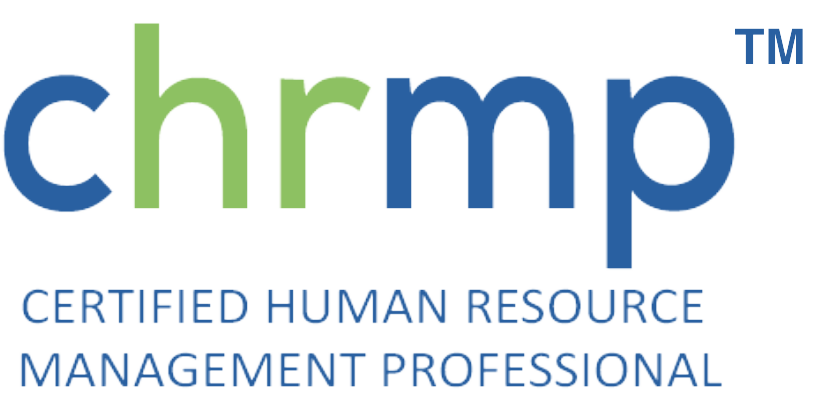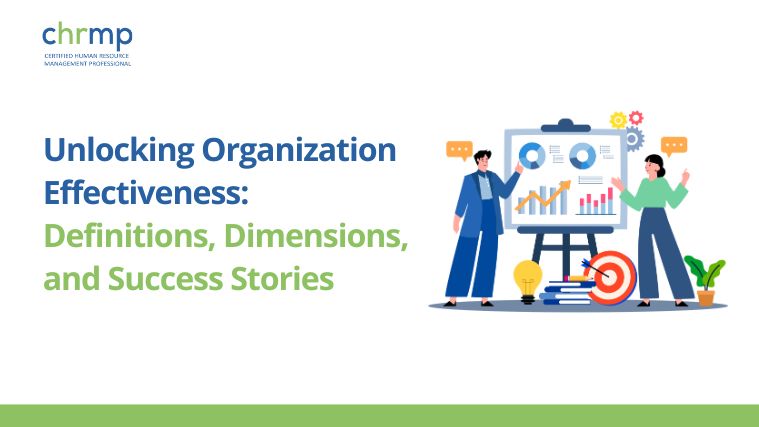“Why inclusiveness must be combined with diversity to get the best results ”, tells about different facets of integration of inclusiveness and diversity.
This is a very prominent issue before HR professionals.
It also tells why it is essential for diversity and inclusiveness to go hand in hand.
1.0 Why we should combine inclusiveness with diversity for getting the best results
We have made an attempt here, to describe the above topic under 4 sub headings.
1..1 Advantages of diversity
We know very well that diversity is instrumental in the following:
- Organizational outcomes show a significant improvements, once diversity becomes the order of the day.
- Bottom line of organizations improve significantly.
- Decision making is faster.
- The ability of organizations in delivering strategic goals enhances.
- Once we adopt diversity, the organizations strengthen themselves . This, in turn helps them to build a better reputation and also secure a better market share.
1.2 Non unanimity on the advantages of diversity
However, in spite of expected outcomes of diversity as mentioned in section 1.1 , there has been intense debate among experts on the issue .The following 3 blogs published earlier by us on diversity, depict the scenario in this respect.
What Do You Mean by Diversity and Inclusiveness in an Organization?
Pros and Cons of Having Diversity in An Organization
What are the Aspects , Being Overlooked, While Pursuing Diversity in Organizations
1.3 Why inclusiveness is very important
We must bear in mind that it is very essential to make the environment at workplace inclusive. This is nothing, but creating an atmosphere, where the entire workforce feels valued and respected. Also , an environment should prevail , where they have equal access to opportunities .
A sense of belongingness and inclusiveness may bring many positive changes among the employees .We are mentioning them as below :
- Increase in self pride among the employees ,with respect to the organization.
- It creates greater altruism.
We may define the altruism in the context of organizations , as the selflessness of the employees, where they think more about the betterment of the organization. If the process of altruism sets in among the employees, it aligns them to a greater degree , to the strategic goals of their organization.
- Inclusiveness helps in formation of effective and coherent teams.
- People readily and voluntarily share the information, which they think , may be beneficial to the organization.
- Innovation is on the rise.
- We are able to nurture, nourish and strengthen the critical thinking capability of employees
- Hidden potential of the employees comes to the fore ,and we may put it to the best advantage of organizations.
Hence,there is a trend of putting lot of emphasis on building inclusive teams , rather than concentrating only on diverse teams.
Diversity is really a buzz word these days , but unless we are able to weave inclusiveness into diversity very well, this may remain , not a useful proposition.
1.4 Traits of inclusiveness
We may also define inclusiveness as a process or design, which consists of following traits :
- Pooling together of the potential or talents of the people in the team.
- Evolution of a sense of belongingness and pride in the employees.
- It also means an appropriate hiring process, where the recruitment takes place, without any bias.
- It also should not show any favoritism or locational or geographical prejudices.
- Accessibility may be another criteria for any inclusiveness efforts to be launched , in any organization.
2.0 What are the difficulties in achieving inclusiveness
The author has made an attempt , here, to list out such difficulties and these are as below.
2.1 Employees from the majority group put up resistance
Human beings have tendency to align to different groups.
Members align together to form a majority group, based on lingual, ethnic, religious or any other aspect. Whenever the organization initiates an inclusive program, this majority group offers resistance to it, and the group members also support it.
We may tackle the above by the following:
- Conduct a mass communication exercise across the organization , to educate the employees about the new inclusive initiatives.
- Open a dialogue with the majority work force to explain, why the organization has initiated the inclusive programs .
- Also tell them , why these are essential not only for their own survival, but also for the overall betterment of the organization.
2.2 Strong social norms
Local social norms play the major role in any organization.
By bringing people from a different place, having social norms, different from that of the present location, may create difficulties.
Respecting social norms of each other is the only way out of this peculiar situation.
2.3 Existence of appreciable biases
Biases do happen and are integral part of human nature. However, we must bear it in mind ,that biases hamper the productivity. Thus, the organization suffers significantly.
These biases may be purely personal, racial, lingual or related to any other aspect.
2.4 Alienation of out of group employees
People have a tendency to gravitate towards those persons , who are similar to them, lingually, ethnically , socially and educationally. This leads to formation of a dominant group.
The net result is that some employees, who do not fall into this dominant group , feel alienated and their full potential is not tapped.
This problem may be solved by talking to this “out of group” employees and listening to them in an effective manner ,followed by redressal of their grievances.
3.0 How to foster inclusiveness in an organization
Building, nourishing and strengthening inclusiveness , along with diversity is essential for any organization to flourish. This may be done by the following:
- Discourage groupism among employees.
- Establish emotional culture in the organization.
- Encourage collaborative behavior.
- Leaders must be honest and biased.
- A free, frank and cordial atmosphere must prevail in the organization. It will lead to innovativeness in the organization.
- Building up of trust among employees must be taken up at top level.
- Leaders should evaluate themselves from time to time. Based on this , they should correct themselves.
- A regular 360 degree feed back for each and every one ,should be made mandatory, along with an appropriate mechanism to correct the aberrations.
In nutshell, the leaders must put the inclusiveness on top of their agenda , along with adopting diversity , if they desire to take their organizations to greater heights.
Ripples Learning is continuously striving to add value to knowledge pertaining to human resource field, through its blogs and different state of the art programs.
For knowing more about us, please go through the following websites:






